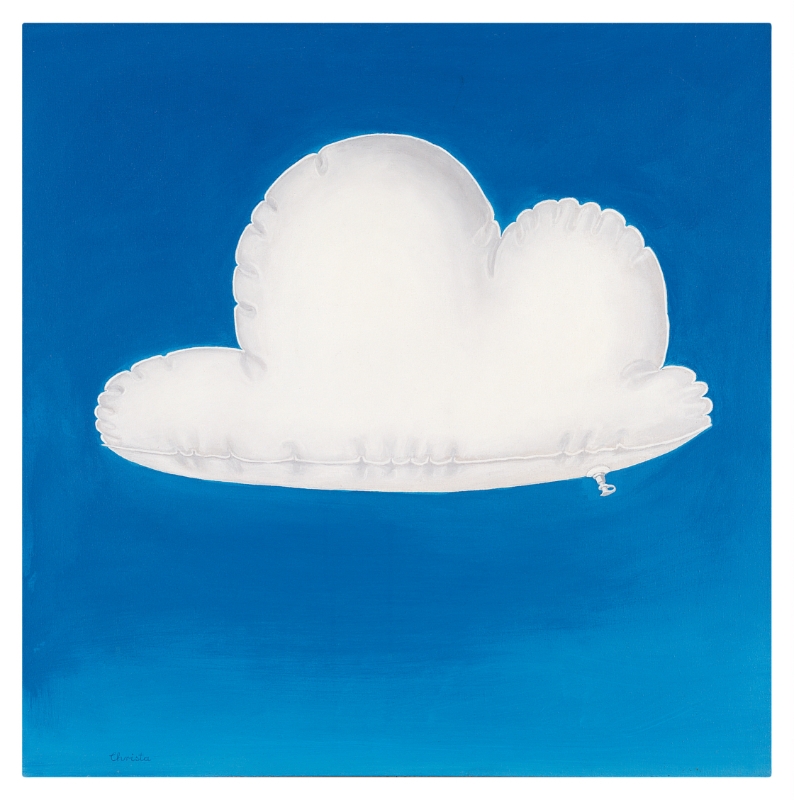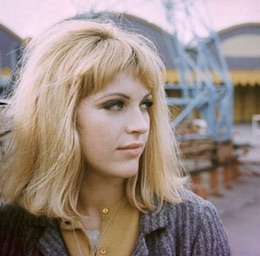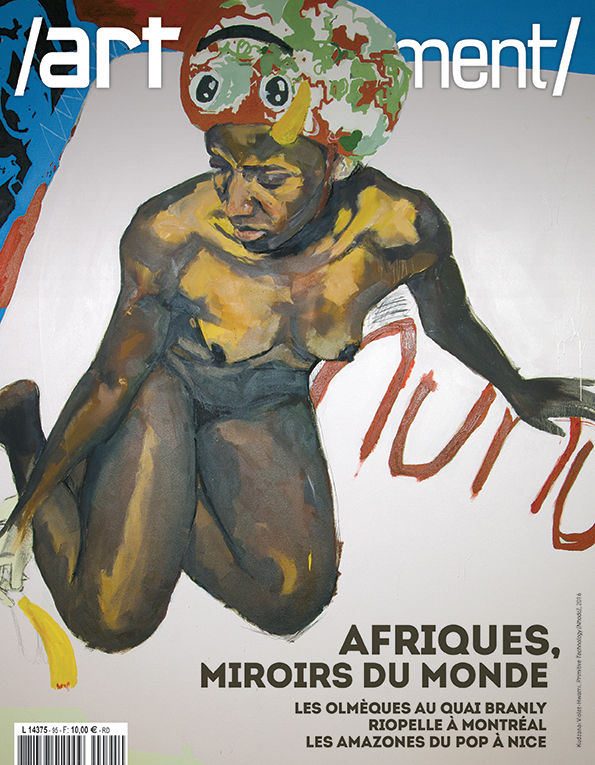Pauline Boty
1938 (Londres) / 1966 (Londres)
Only female artist in British Pop Art, Pauline Boty was born in London in 1938. A scholarship student at Wimbledon College of Arts despite parental disapproval of her choice of studies, Boty was once again stopped by the glass ceiling: the low admission rates for women to the painting section of the Royal College of Art forced the artist to pursue a completely different path, that of stained glass. In her second appearance at the Young Contemporaries exhibition in 1959, she became close to emerging Pop Art artists such as David Hockney, Derek Boshier, Peter Phillips and Peter Blake.
In 1962, the documentary film Pop Goes the Easel by Ken Russell placed Pauline Boty at the centre of the movement. For her first solo exhibition in 1963, she presented a series of paintings in which she reproduced the image of celebrities, such as Marylin Monroe in The Only Blonde in the World. She married Clive Goodwin that same year and became pregnant two years later. Stricken with leukaemia during her pregnancy, the artist refused all treatment to protect the life of her child and died at the age of 28. Her work fell into oblivion for the next thirty years, until the British curator David Alan Mellor fell in love with her work when he saw her in Pop Goes the Easel and began to work for the recognition of her rightful place in art history.
Pauline Boty saw Pop Art as "nostalgia for the moment". Her paintings and collages exude a joyful and assertive femininity, while at the same time criticising "the world of men". Today she is considered one of the pioneering figures of feminism.
Portrait : © Lewis Morley
Only female artist in British Pop Art, Pauline Boty was born in London in 1938. A scholarship student at Wimbledon College of Arts despite parental disapproval of her choice of studies, Boty was once again stopped by the glass ceiling: the low admission rates for women to the painting section of the Royal College of Art forced the artist to pursue a completely different path, that of stained glass. In her second appearance at the Young Contemporaries exhibition in 1959, she became close to emerging Pop Art artists such as David Hockney, Derek Boshier, Peter Phillips and Peter Blake.
In 1962, the documentary film Pop Goes the Easel by Ken Russell placed Pauline Boty at the centre of the movement. For her first solo exhibition in 1963, she presented a series of paintings in which she reproduced the image of celebrities, such as Marylin Monroe in The Only Blonde in the World. She married Clive Goodwin that same year and became pregnant two years later. Stricken with leukaemia during her pregnancy, the artist refused all treatment to protect the life of her child and died at the age of 28. Her work fell into oblivion for the next thirty years, until the British curator David Alan Mellor fell in love with her work when he saw her in Pop Goes the Easel and began to work for the recognition of her rightful place in art history.
Pauline Boty saw Pop Art as "nostalgia for the moment". Her paintings and collages exude a joyful and assertive femininity, while at the same time criticising "the world of men". Today she is considered one of the pioneering figures of feminism.
Portrait : © Lewis Morley
Artist's exhibitions

She-Bam Pow Pop Wizz ! Les Amazones du pop
03/10/2020 - 29/08/2021(Nice) MAMAC - Musée d'Art moderne et d'Art contemporain de Nice

The Remains of Love. Dernier regard avant le Brexit?
30/03/2019 - 16/04/2019(Paris) PIASA Auction


